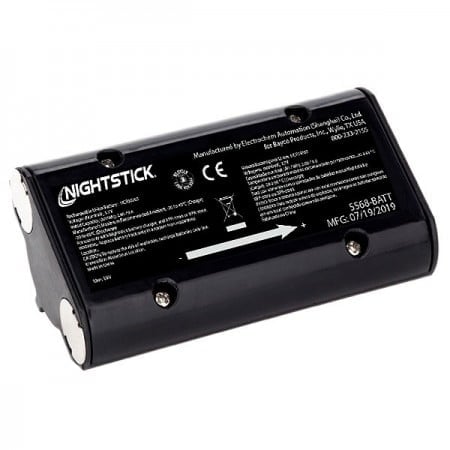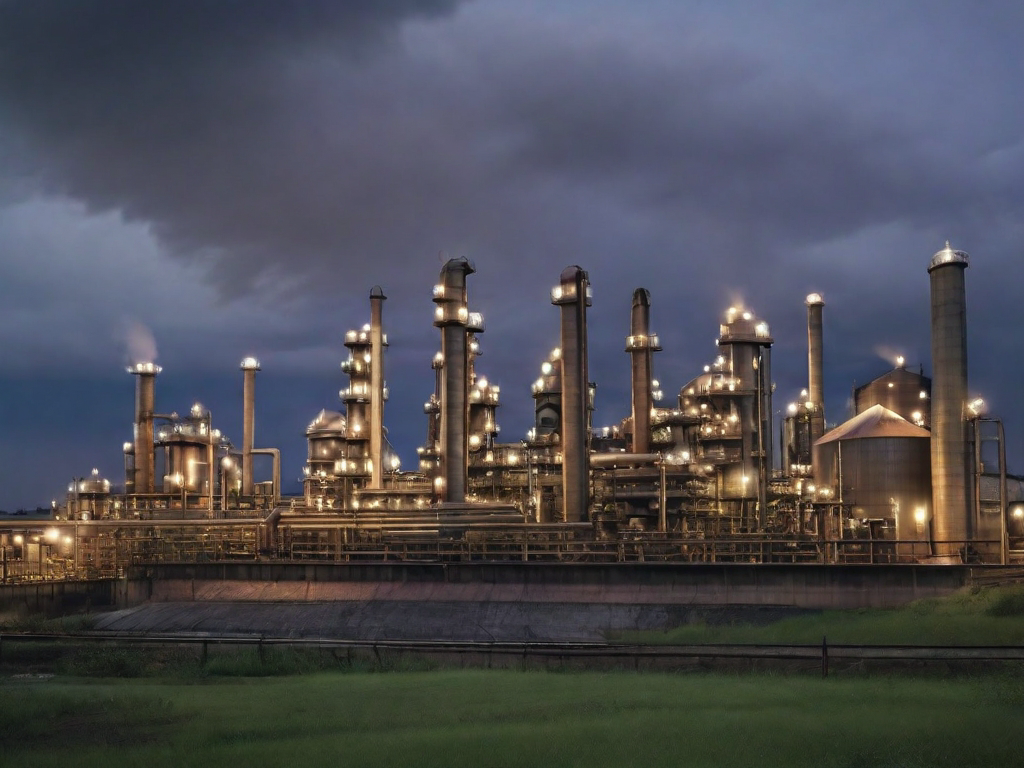When it comes to safety in hazardous environments, nothing beats the reliability and efficiency of intrinsically safe cameras. These specialized devices, like those available at the Intrinsically Safe Store, are designed to operate safely in potentially explosive atmospheres without causing ignition. One of the critical aspects of these cameras that often gets overlooked is their battery life and power management. This article will delve into this topic, providing valuable insights and information.
Why Battery Life Matters in Intrinsically Safe Cameras
Intrinsically safe cameras are often used in industries such as oil and gas, mining, and chemical processing, where the risk of explosion is high. In these environments, the longevity of the camera’s battery life can be a matter of life and death. A camera that runs out of power at a critical moment can leave workers vulnerable to unseen hazards.
Power Management in Intrinsically Safe Cameras
Power management in intrinsically safe cameras is not just about battery life. It also involves ensuring that the camera does not generate too much heat or spark, which could ignite a flammable atmosphere. Manufacturers of these cameras, like the Intrinsically Safe Store, employ various strategies to manage power consumption and heat generation effectively.
Use of Low-Power Components
One of the ways manufacturers manage power in intrinsically safe cameras is by using low-power components. These components consume less energy, which not only extends battery life but also reduces heat generation.
Efficient Power Management Systems
Another strategy is the use of efficient power management systems. These systems monitor and control the power consumption of the camera, ensuring that it uses only the necessary amount of energy.
Improving Battery Life in Intrinsically Safe Cameras
There are several ways to improve the battery life of intrinsically safe cameras. These include:
- Using high-capacity batteries
- Reducing the brightness of the camera’s display
- Turning off unnecessary features
- Using power-saving modes
Case Study: Intrinsically Safe Camera Power Management
A case study that illustrates the importance of power management in intrinsically safe cameras involves a leading oil and gas company. The company was using intrinsically safe cameras for routine inspections of its facilities. However, the cameras’ batteries were running out of power too quickly, leaving workers without a critical safety tool.
The solution was to use high-capacity batteries and to train workers to use the cameras’ power-saving features effectively. As a result, the company was able to extend the battery life of its cameras, improving safety and efficiency.

As we’ve seen, battery life and power management are critical aspects of intrinsically safe cameras. By understanding these factors and how to optimize them, companies can ensure that their cameras function effectively and safely in hazardous environments.
If you’re in the market for intrinsically safe cameras, visit the Intrinsically Safe Store for a wide range of options. And if you have any questions or need further information, don’t hesitate to contact us.


























